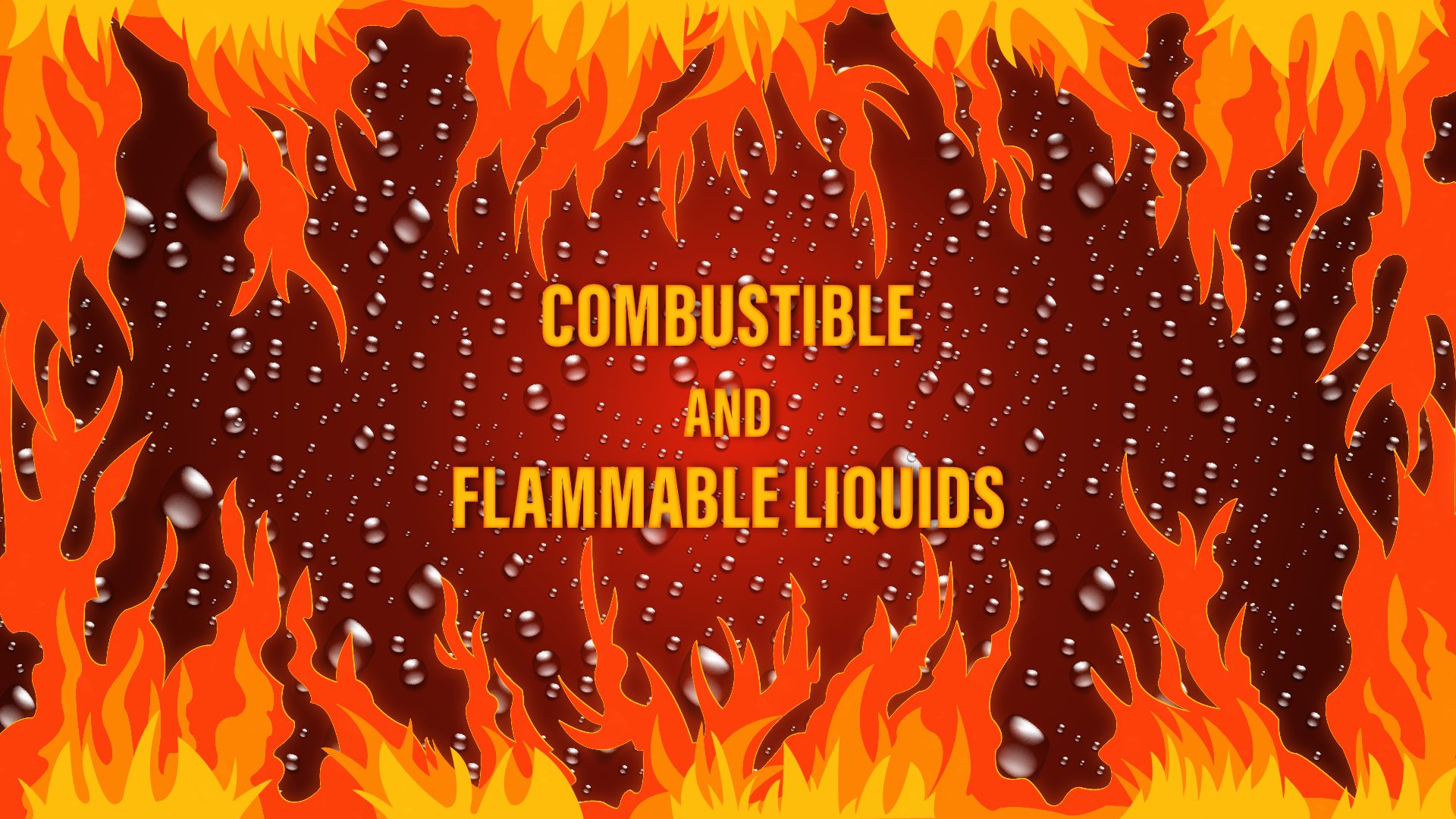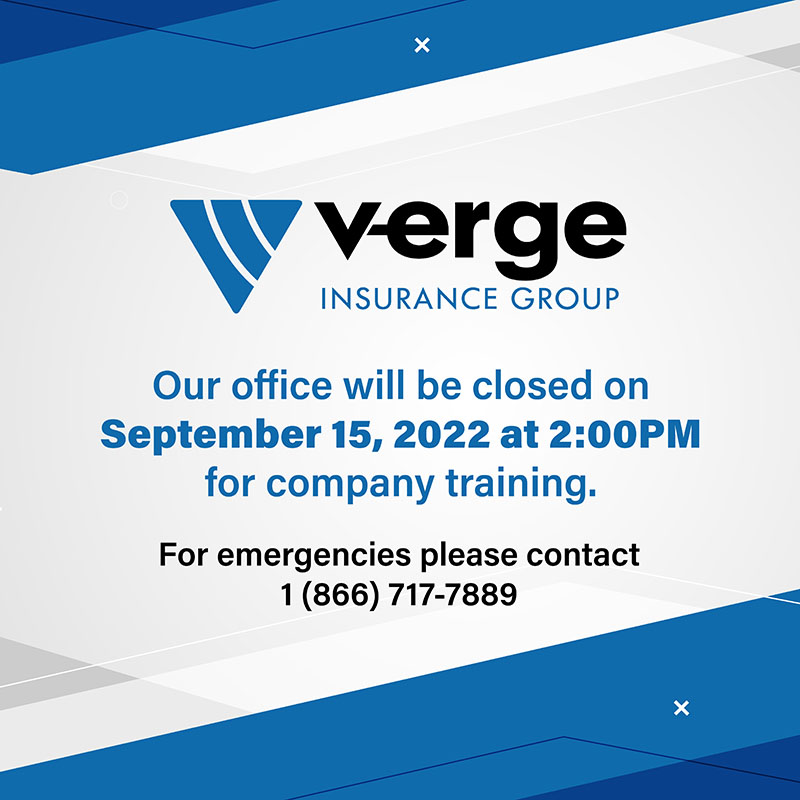
Combustible and Flammable Liquid Safety
March 23, 2022
The flashpoint is the minimum temperature at which a liquid’s associated vapors could ignite in the presence of an ignition source.
Flammable and combustible liquids may be present in your workplace. If these liquids aren’t handled and stored properly, they can create a dangerous work environment, even causing fires and explosions that could results in potential injuries or fatalities. Therefore, it’s critical for all employees to understand flammable and combustible liquid safety measures.
A flammable liquid is any liquid with a flashpoint at or below 37.8 degrees Celsius (100 degrees Fahrenheit). These liquids include gasoline, acetone and alcohol. Combustible liquids are those with a flashpoint over 37.8 degrees Celsius (100 degrees Fahrenheit). These liquids include diesel, motor oil and kerosene. It’s important to know that it’s not the flammable or combustible liquids themselves that burn but rather their associated vapours. This means that even a recently emptied gasoline barrel is still at risk of ignition and needs to be handled appropriately.
Follow these safety precautions to ensure the safe handling of flammable and combustible liquids in the the workplace:
- Consult a liquid’s safety data sheet to learn safe handling measures before working with it.
- Avoid using Class I flammable liquids near open flames or ignition sources. Flammable liquids with low flashpoints will ignite easier.
- Refrain from smoking within 7.6 metres of areas where flammable or combustible liquids are handled or stored.
- Avoid using sparking equipment, welding or bringing any ignition source within 7.6 metres of flammable or combustible liquids.
- Maintain adequate ventilation, and avoid working with flammable or combustible liquids in confined spaces, as their vapours will accumulate.
- Ensure that containers used to store liquids are in good condition, properly labeled and fully closed.
- Get another employee’s help during liquid transfers. Be sure this employee is trained o stop the transfer in the event of a spill.
- Make sure at least one fire extinguisher is within 3 metres of any combustible or flammable liquids.
If you have any questions regarding the sage handling of flammable and combustible liquids please contact your supervisor.


